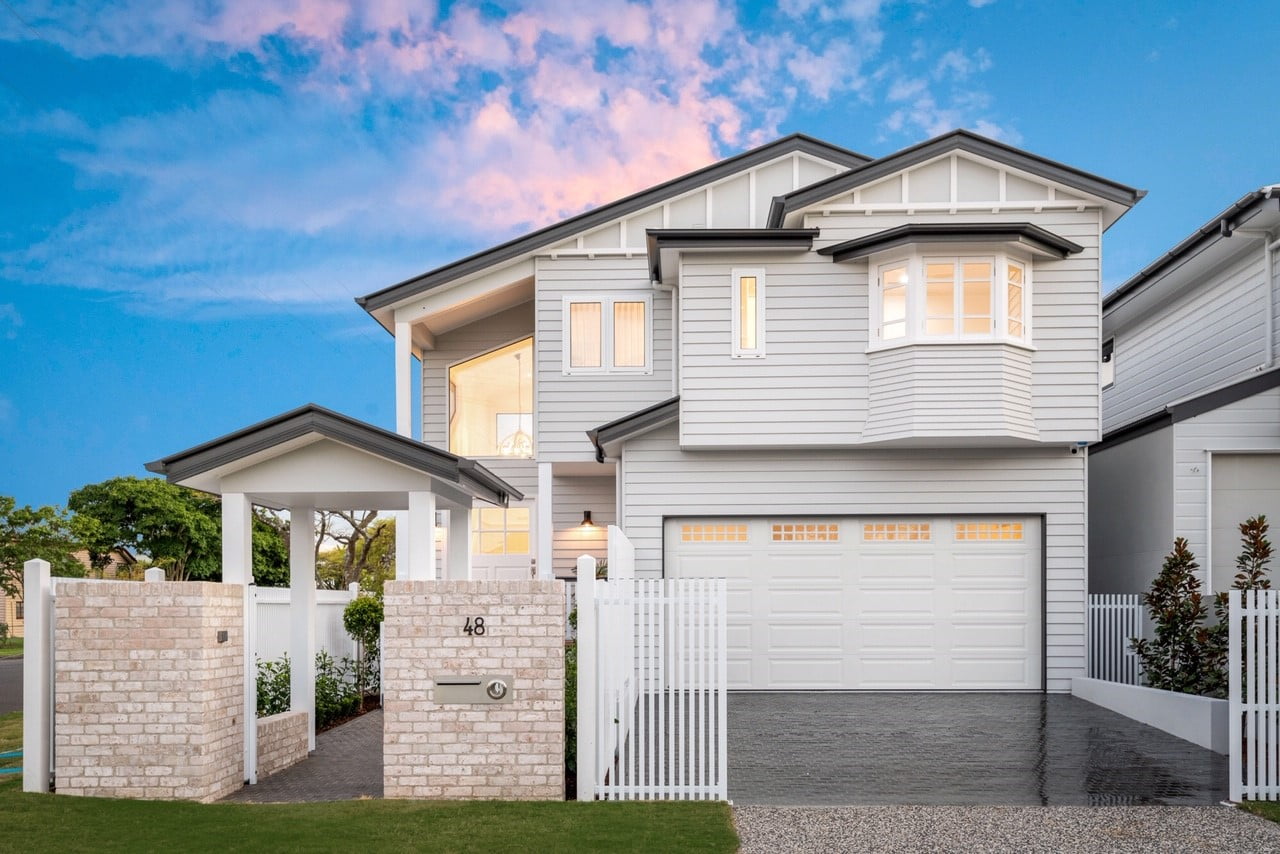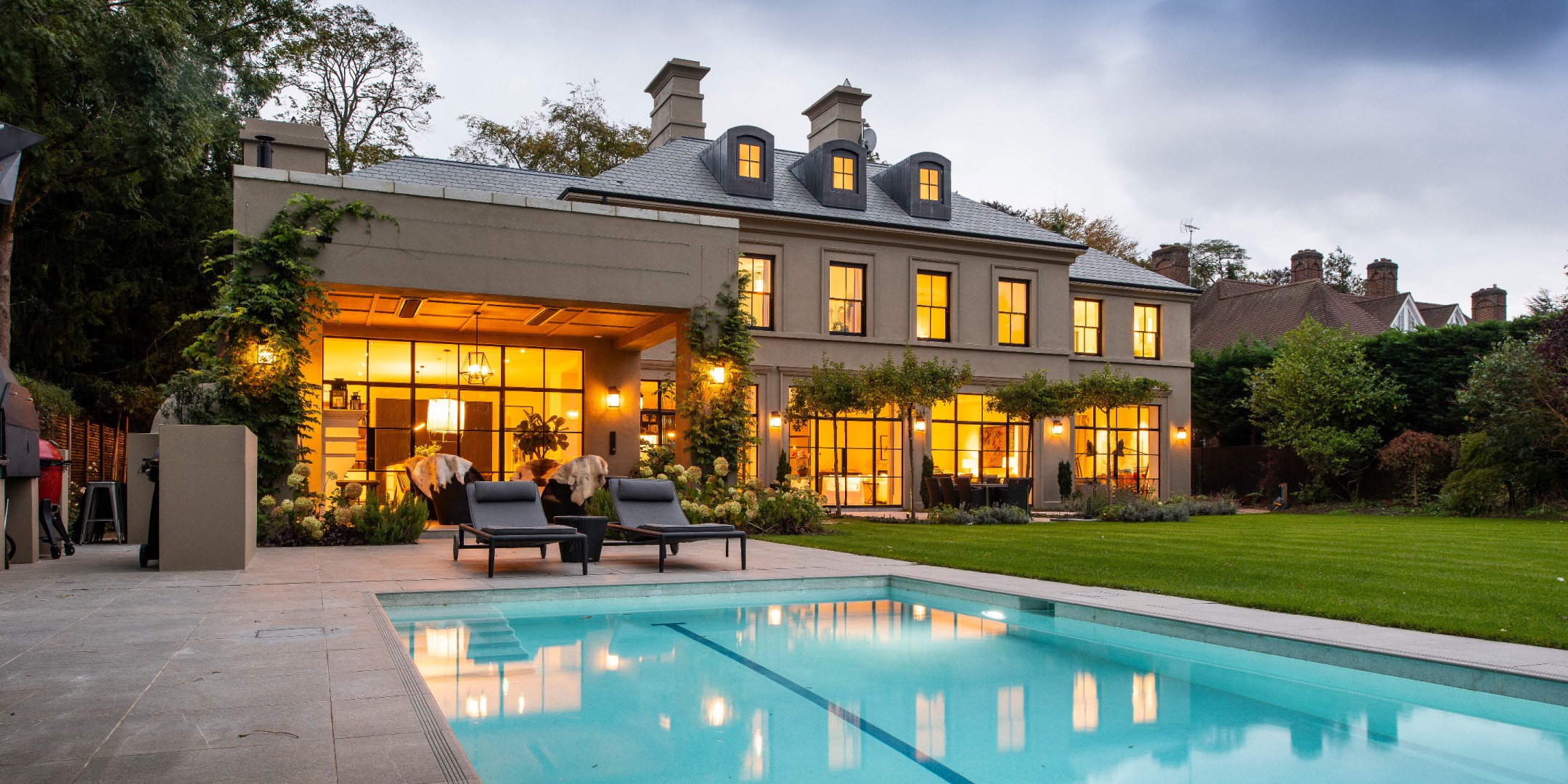Elevate Your Living Space with Residential Architecture Homes Crafted by Experts
Elevate Your Living Space with Residential Architecture Homes Crafted by Experts
Blog Article
How Residential Architects Produce Custom-made Homes for each Way Of Living
The process by which property architects layout tailored homes is a nuanced interaction of understanding customer requirements and equating those insights into useful living spaces. With comprehensive assessments and the use of layout tools, architects catch the essence of their clients' way of livings, ensuring that each home mirrors individual worths and goals. This collective technique extends beyond initial principles, integrating sustainable methods and innovative technologies to improve day-to-day living. As we discover the intricate steps associated with this transformative process, a much deeper admiration for the engineer's role in forming one-of-a-kind environments begins to arise.
Understanding Client Requirements

Effective interaction is critical in this procedure. Engineers should motivate clients to verbalize their way of livings, family members characteristics, and future aspirations, making certain that the style shows their distinct identification. By utilizing tools such as sets of questions, interviews, and aesthetic surveys, engineers can gather useful understandings right into the customer's vision.
Moreover, recognizing the context in which a home will certainly exist is important. Architects need to take into consideration variables such as the site attributes, local climate, and social impacts that can impact the style. This alternative method enables the creation of rooms that are not only visually pleasing but additionally practical and sustainable.
Inevitably, a deep understanding of client requires enables designers to develop tailored homes that enhance the lifestyle for their occupants, promoting a sense of belonging and comfort within their living atmospheres.
Design Process and Collaboration
The design procedure in household architecture is a dynamic interaction of creativity and partnership, where designers, customers, and numerous stakeholders function very closely to bring a vision to life. This iterative trip generally begins with a collection of meetings to develop a detailed understanding of the client's aspirations, preferences, and way of living needs. Throughout these conversations, designers gather essential information, allowing them to conceive styles that straighten with the client's vision.
Following the first examinations, the layout stage advances with sketches, 3D versions, and building renderings. This aesthetic communication functions as a tool for engineers to existing ideas, while also welcoming customer feedback, making sure that the final design reverberates with their assumptions. Efficient cooperation with engineers, contractors, and indoor designers is crucial throughout this phase, as it ensures that all functional facets of the job are perfectly integrated.

Incorporating Way Of Life Aspects
Integrating way of life aspects into residential design is vital for developing spaces that truly resonate with the citizens. residential architecture homes. This procedure starts with comprehending the unique demands, choices, and day-to-day routines of the property owners. Architects take part in extensive discussions to reveal exactly how the individual or household uses their room, whether for enjoyable visitors, going after hobbies, or looking for silent resort
Once these understandings are gathered, designers can customize style features that enhance day-to-day experiences. Open flooring plans may be created for families that focus on togetherness, while devoted work spaces can be incorporated for those who function from home. Outside areas, such as patio areas or gardens, can be emphasized for family members that take pleasure in outdoor activities or enjoyable.
Furthermore, adaptability is an essential consideration; multi-functional rooms enable adaptability as way of livings progress gradually. Custom-made storage space remedies can also be included to meet certain organization requirements, making sure that the home stays functional and clutter-free. Eventually, by thoughtfully weaving way of life components into the building fabric, household designers develop tailored homes that not only meet aesthetic wishes however additionally substantially improve the lifestyle for their clients.
Sustainable and Smart Design
Lasting and clever style increasingly plays an essential duty in household style, as home owners seek to reduce their ecological influence while enhancing their living experiences. Architects are now integrating green products, energy-efficient systems, and innovative their explanation innovations to produce homes that not just satisfy aesthetic needs yet additionally offer the earth.
Integrating sustainable energy resources, such as solar panels and wind turbines, allows home owners to harness all-natural sources, considerably lowering reliance on conventional power grids. Smart home innovations further improve sustainability by optimizing energy use via automated systems that control illumination, heating, and cooling based upon tenancy and choices.
In addition, using lasting building materials-- like redeemed wood, bamboo, and reused steel-- promotes a circular economic situation, reducing waste and source usage. Designers also emphasize passive layout principles, making sure homes are oriented for optimum all-natural light and air flow, thereby reducing the demand for man-made heating and air conditioning.
Along with environmental benefits, clever and sustainable layout adds to the total convenience and wellness of residents. By focusing on interior air high quality and natural components, designers create rooms that cultivate well-being, enabling homeowners to flourish in consistency with their environment.
Wrapping Up and Carrying Out Strategies
Finalizing and carrying out strategies is a vital phase in the property style process, where the vision of a customized home begins to materialize. This stage entails precise attention to information, making certain that every element of the design is exactly verbalized and all set for building and construction. residential architecture homes. Engineers work together closely with customers to evaluate last strategies, resolving any kind of final changes or worries, while making sure that all components align with the home owner's lifestyle demands
Once plans are finalized, engineers prepare thorough construction records, including comprehensive drawings and requirements that offer as a blueprint for contractors. These documents outline materials, coatings, and setup methods, supplying clarity for professionals and subcontractors. In addition, safeguarding necessary authorizations and adhering to neighborhood building ordinance is crucial, as it makes sure compliance and smooth More hints task execution.
Effective communication is vital throughout this phase. Regular updates and conversations with builders assist to mitigate possible concerns before they arise. By promoting a collaborative atmosphere, engineers can assure that the application lines up with the original vision. Inevitably, this important stage changes ideas into reality, laying the foundation for a home that shows the special lifestyle and preferences of its inhabitants.
Verdict
In final thought, residential architects play an essential function in crafting tailored homes that deal with diverse way of lives. Through careful understanding of customer demands, collective layout processes, and the combination of way of life components, engineers ensure that each home reflects private choices. The unification of wise technologies and sustainable techniques additionally improves capability and environmental responsibility. Inevitably, the efforts of household designers culminate in the awareness of personalized home that promote convenience and wellness visit the site for their residents.
The procedure by which property architects layout tailored homes is a nuanced interplay of understanding client needs and converting those insights right into practical living spaces. Through detailed assessments and the use of design tools, architects catch the essence of their clients' way of livings, making sure that each home mirrors individual values and goals. Architects must urge customers to express their way of livings, family members characteristics, and future aspirations, guaranteeing that the style shows their special identification.The layout procedure in residential design is a vibrant interaction of creative thinking and partnership, where architects, customers, and different stakeholders function very closely to bring a vision to life - residential architecture homes. With precise understanding of customer needs, collaborative style procedures, and the integration of way of living components, engineers ensure that each home mirrors private preferences
Report this page